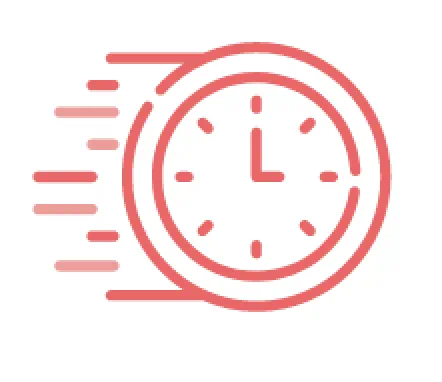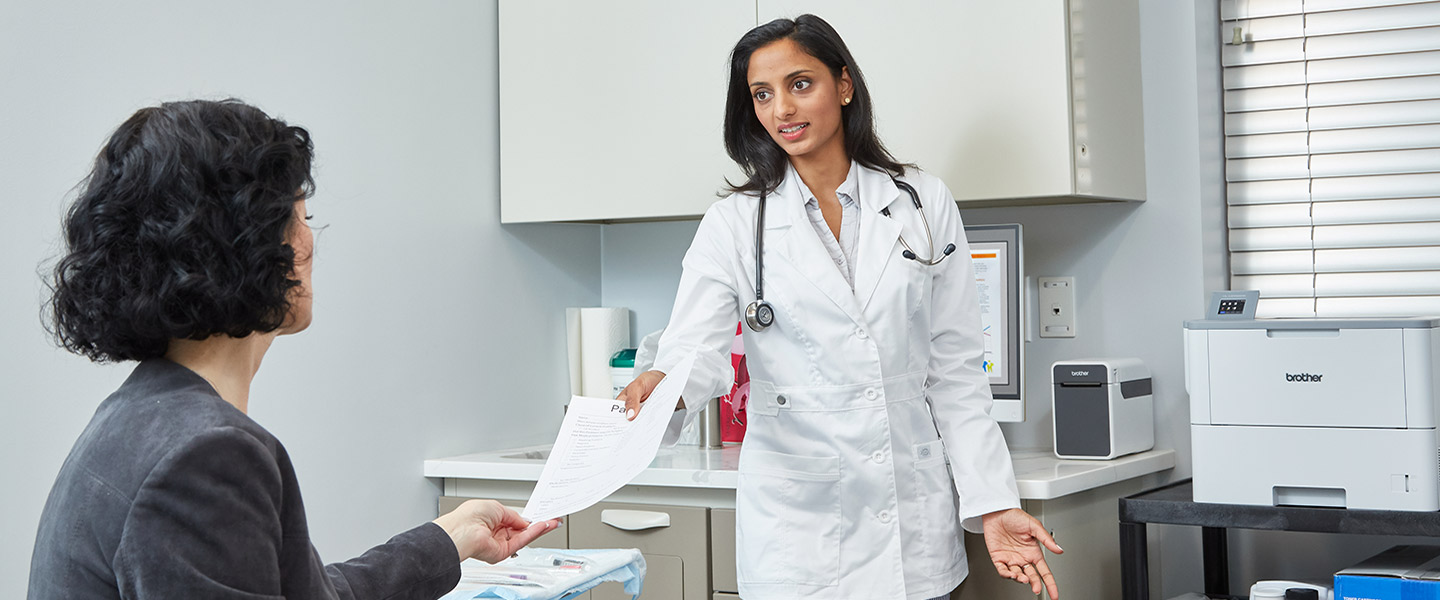By Greg Shipmon, B2B Channel Development, Brother International Corporation
One of the biggest trends in healthcare has a distinctly technical focus: clinical mobility, the use of mobile devices like smartphones, tablets, laptops, and mobile printers by physicians and nurses at the point of care. According to the U.S Department of Health and Human Services, the average physician currently spends 15 hours per week on reporting measures, cumulatively costing a staggering $15.4 billion annually. Added mobility measures will be a huge relief to these healthcare heroes, who can then spend more time with patients.
The requirements for devices utilized by medical professionals are exacting and stringent because our health depends on them. Likewise, many devices must comply with the sweeping Health Insurance Portability and Accountability Act (HIPAA) regulations, along with numerous other government certifications. While there is a plethora of mobile healthcare devices on the market, a select few are worth calling out for the progress in their performance and usage. Here are three essential tools for modern practices.
Location technologies
No hospital or clinic can survive without positive patient identification (PPID) wristbands, which track patients from admission to discharge using printed labels and help improve throughput and security. Staff members scan bar codes on the bracelets to access medical history, medication lists, or allergies and then send data directly to labs or pharmacies through hospital databases. Workers can also use PPID to generate labels for everything from charts and bills to specimen containers, so important medical documents and paraphernalia stay secure.
Assisted living facilities and nursing homes that give patients more freedom benefit from PPID as well, because the technology is excellent at helping maintain the safety of residents. In many cases, family members can also access this information, and so have peace of mind.
Personal care technologies
Chatbots have revolutionized many areas of modern life, and medicine is no exception. The artificially intelligent apps handle basic but time-consuming tasks, ensuring patients take prescriptions and comply with orders. These tools will save the healthcare industry billions of dollars, so many tech companies want to get in on the action, such as by using text and voice apps to answer patient questions with natural language processing, helping medical professionals stay mobile and focused on their work.
Part of that focus involves maintaining a sterile environment, and mobility helps with that too, as new hand hygiene compliance monitoring systems ensure employees maintain healthy habits. Many medical centers now require employees to scan their badges at hand sanitizer dispensers when they enter or leave treatment rooms, so supervisors have a digital record of how often workers are washing up, tracking hygiene protocols on the fly and strengthening them if needed.
Reporting technologies
Electronic health records (EHRs) have been a staple of medicine for years, and now they’re optimized for the smartphone generation. HIPAA-compliant iOS and Android apps, like Mobile EHR, give doctors secure access to patient data and files on the cloud. These tools increase efficiency so physicians can access all their data in one place and spend more time seeing patients.
Of course, some forms are still filled out on paper — and Mobile EHR can help with those, too. It facilitates quicker and more accurate documentation, sending push notifications to doctors as a reminder to check on test results and make follow-up calls. Nurses also benefit from this tool because they can quickly access drug databases, lab diagnostic results, and electronic medical records. They’re able to print forms from their phones without running back and forth to the nurse’s station or walking four to five miles cumulatively per shift.
Thanks to increased mobility, especially in reporting, personal care and location technologies, health professionals can better prioritize tasks and spend more time at patient bedsides where they’re needed.


